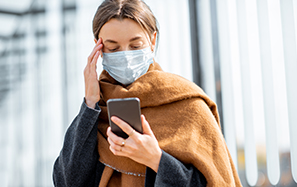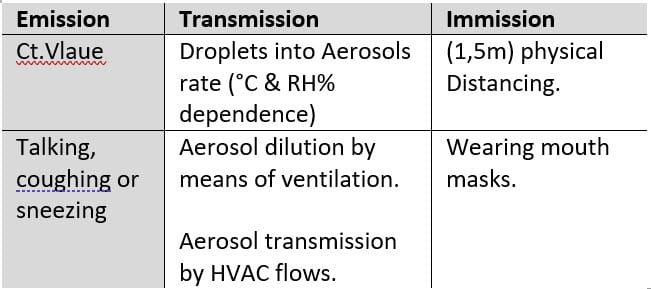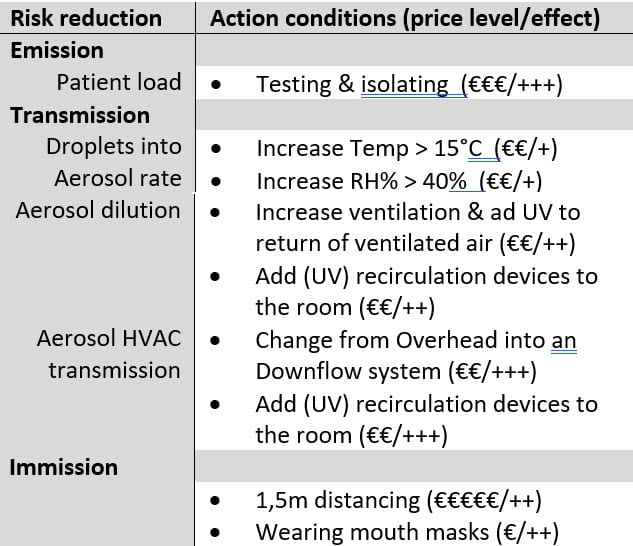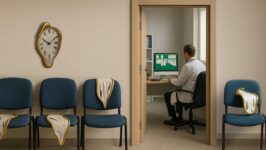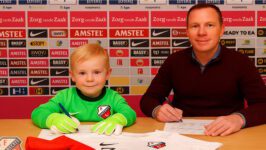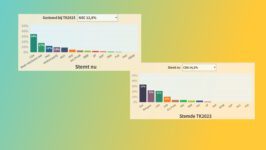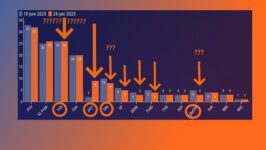We should limit the time we are exposed to each other instead of the distance we keep from each other. The time allowed spending in for example a restaurant depends on which measurements have been taken to reduce transmission and immission.
Lees volledig artikel: Dose – Response Model; Explaining alternative 1.5m distancing measurement
Dose – Response Model; Explaining alternative 1.5m distancing measurement
Door Fahmi Yigit
Introduction
Meanwhile we now know how the virus can spread and what measures it could limit its spreading and what the standard advices are, at what costs. Aren’t there any alternatives, not harming the economy that bad ?
Dose-Response modelling
For getting infected you need a host carrying the virus, emitting it and a “victim” receiving the virus. This so called dose-response relation have been subject to several studies proofing that:
- The more viruses the host carries (Ct value), the more severe the illness
- The severe the illness, the more viruses he can emit during talking, coughing or sneezing.
- The more viruses the victim is exposed to, the bigger the risk of getting infected.
- The more often the victim is exposed to (even low) virus loads, the bigger the chance to get infected.
In summary:
INFECTION SEVERITY = (EXPOSURE TIME) * (VIRUS LOAD)
This is rather true, looking at several outbreaks where health workers showed higher infection rates because they were exposed for longer (or more frequent) to patients with higher virus loads.
Influencing factors for the Dose-Response Model
Next to the influencing factors of host load emission, there are also factors defining the transmission and the immission for the “victim” in relation to the (virus load) value.
Most efficient measurements
Of course prevention by means of testing and isolating possible (asymptomatic) patients prevents emission in the source, but there are also measurements for the other risks against relative low (financial) efforts.
We see here that all measurements are not eliminating the risk 100%, but only reducing it. At least 1.5m distancing is not the most efficient action, but it does cost (the economy) the most.
Limiting the exposure time
We learned from the Dose-Response model that influencing the (exposure time) could be a much better and cheaper factor to control the infection severity. And maybe the combination of low-cost measurements and limiting the exposure time will have the best effect.
Situations where limiting the exposure time is less possible (like schools, office work), focus should still be on the most effective (virus load) reducing actions
Proof of the model
It becomes more and more clear that the main source of spreading are “super spread events inside a building” and not large gatherings outside. According our model, this is also logic:
- (HIGH RISK) Super spread events like church/concert:
(Long exposure time) x (normal & high virus load)
- (HIGH RISK) Health care workers
(Long exposure time) x (high virus load)
- (LOW RISK) Protest (outside) gatherings
(Long exposure time) x (very low virus load because outside dilution)
- (LOW RISK) supermarket shopping
(short exposure time) x (high load because inside & HVAC)
Even not virus related studies of for example long lasting operations of for example a hip replacement show a higher nosocomial infection risk than a short appendicitis removal – proofing that the (exposure time) factor is a key one.
Summary:
We should limit the time we are exposed to each other instead of the distance we keep from each other. The time allowed spending in for example a restaurant depends which measurements have been taken to reduce Transmission and Immission as stated before. If environmental conditions during autumn change, increasing the possible virus transmission rate, also the exposure time should be adapted.
Fahmi Yigit fahmi.yigit@virobuster.nl
References:
Viral dynamics in mild and severe cases of COVID-19 (Liu et Al)
Pathology and Pathogenesis of Severe Acute Respiratory Syndrome (Jiang Gu & Christine Korteweg)
The early phase of the COVID-19 outbreak in Lombardy, Italy (Tirani et Al)
SARS-CoV-2 Viral Load in Upper Respiratory Specimens of Infected Patients (Bhat et Al)
Influenza Pathogenesis: The Effect of Host Factors on Severity of Disease (Goundet et Al)
Norwalk Virus: How Infectious Is It? (Teunis et Al)
You have just read: Dose – Response Model; Explaining alternative 1.5m distancing measurement.



